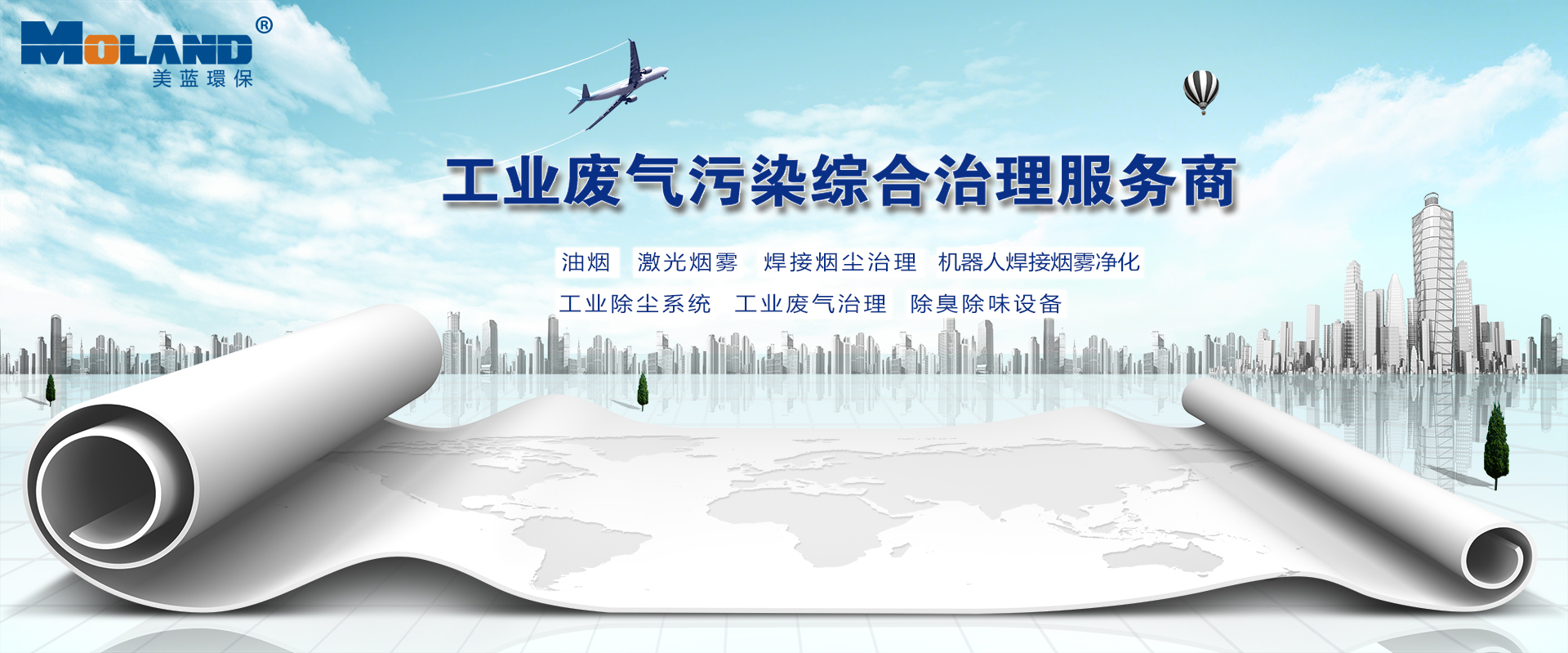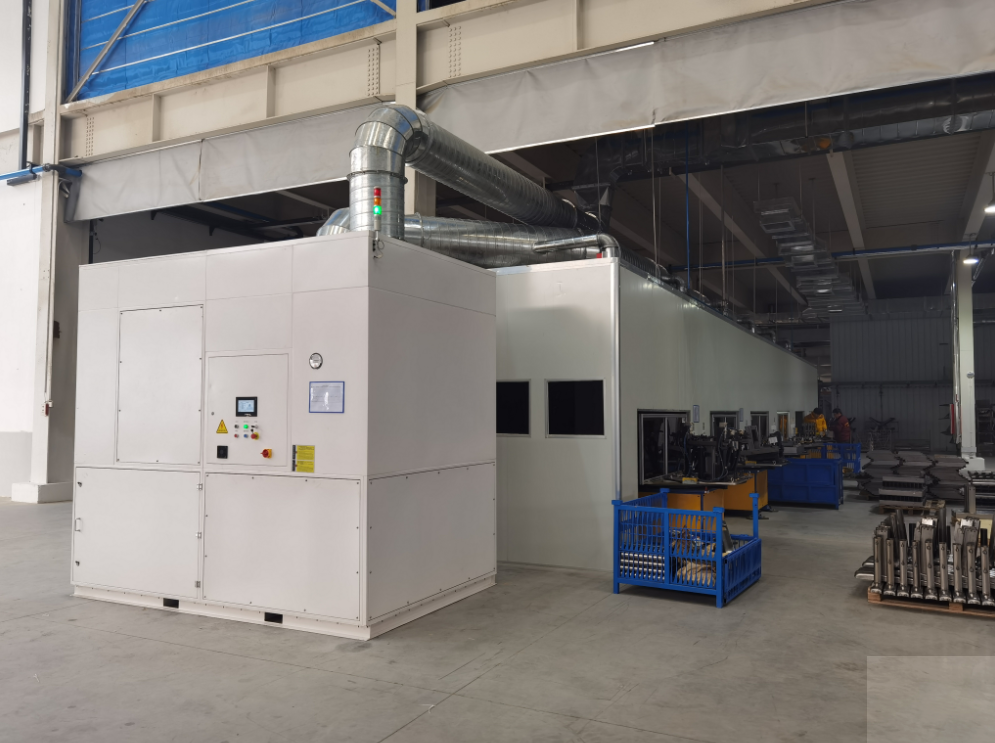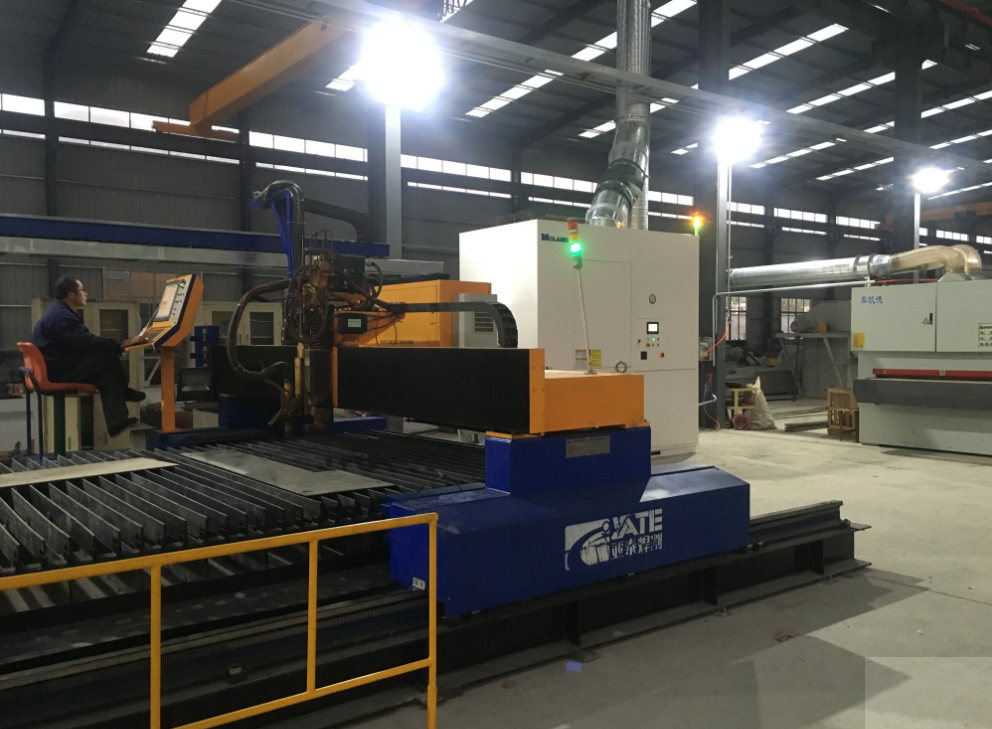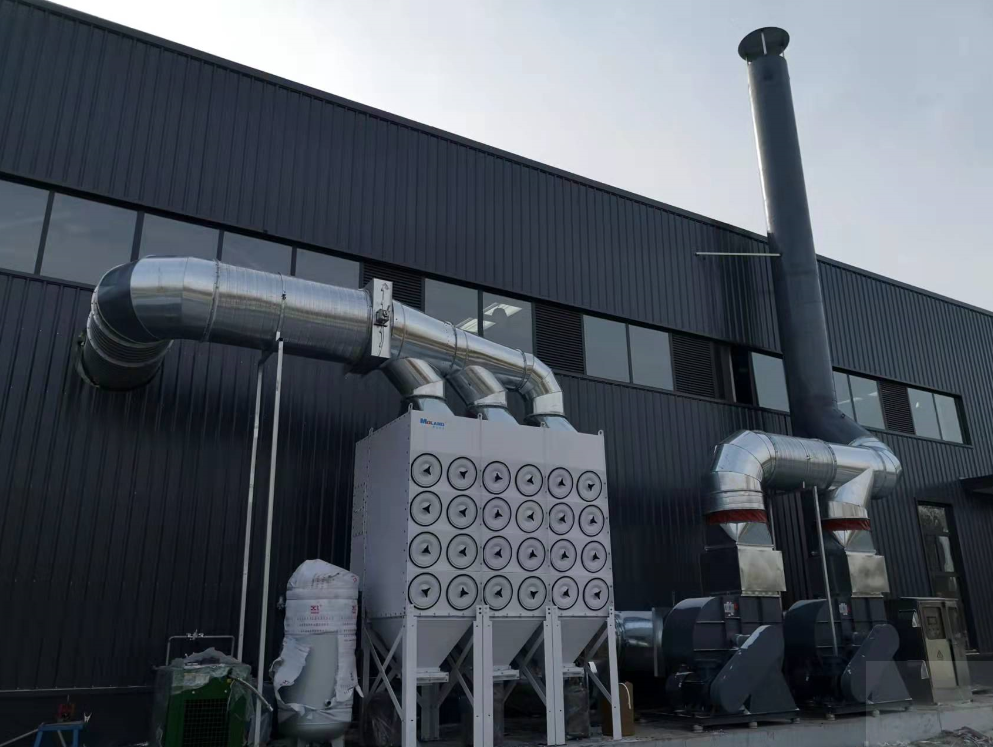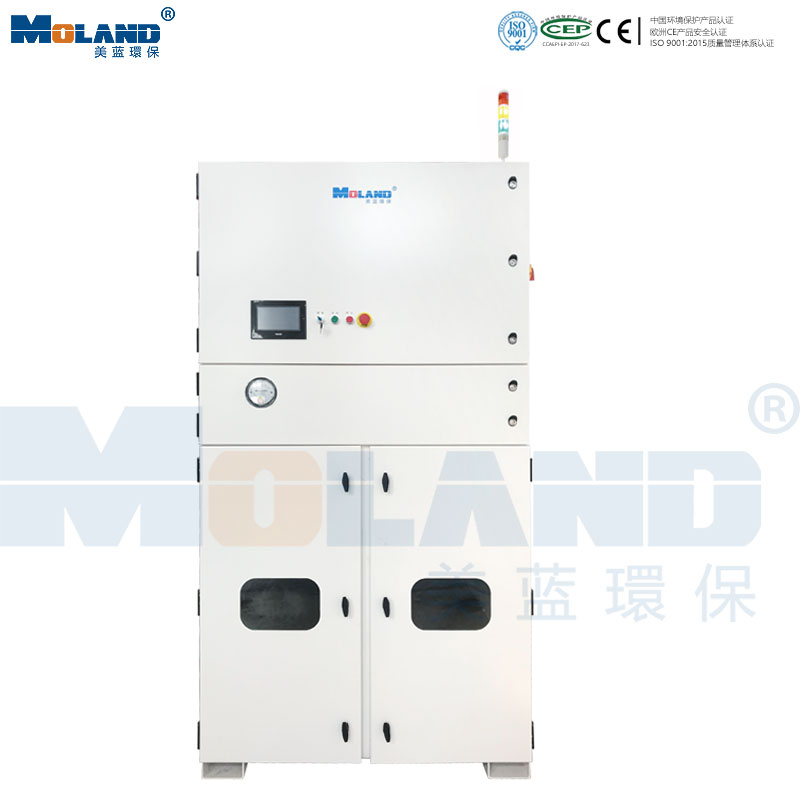The dry dust collector does not need water as dust removal medium, which accounts for more than 90% of all dust removal systems. Features of dry dust collector: wide range of use, most dust removal objects can use dry dust collector, especially for large-scale centralized dust removal system; dust discharge state is dry powder, which is conducive to centralized treatment and comprehensive utilization. Its disadvantages are: can not remove the toxic and harmful components in the gas; improper treatment will easily cause secondary dust. It should be noted that: when dealing with high relative humidity dust containing gas or high temperature gas, anti condensation Satan should be adopted, otherwise it is easy to cause dust sticking and pipe blockage. Wet dust collector, water as purification medium.
The dry dust collector is divided into:
1. Gravity dust collector
2. Inertial precipitator
3. Cyclone separator
4. Cartridge dust collector
5. Electrostatic precipitator
6. Explosion proof dust collector
7. Electrostatic precipitator
Focus on the filter cartridge dust collector.

working principle:
(1) gravity sedimentation: when the dust containing gas enters the bag type dust collector, the dust with large particles and large proportion will settle under the action of gravity, which is exactly the same as that of the settling chamber.
(2) screen filtration - when the particle diameter of the dust is larger than the gap between the fibers of the filter material or the gap between the dust on the filter material, the dust will be retained when the air flow passes through, which is called screening filtration. When the dust accumulated on the filter material increases, the effect is more significant.
(3) inertial force: when the air flow passes through the filter material, it can pass around the fiber, while the larger dust particles still move in the original direction under the action of the inertial force, so it collides with the filter material and is captured.
(4) thermal movement: dust with light weight and small body (less than 1 μ m) moves with the air flow, very close to the airflow streamline, and can bypass the fiber. However, they will change their original direction of motion after being collided by gas molecules which are in thermal motion (i.e. Brownian motion), which increases the contact between dust and fiber and enables dust to be captured. When the diameter of the filter material fiber is smaller, the porosity is smaller and the capture rate is higher, so it is more conducive to dust removal.



